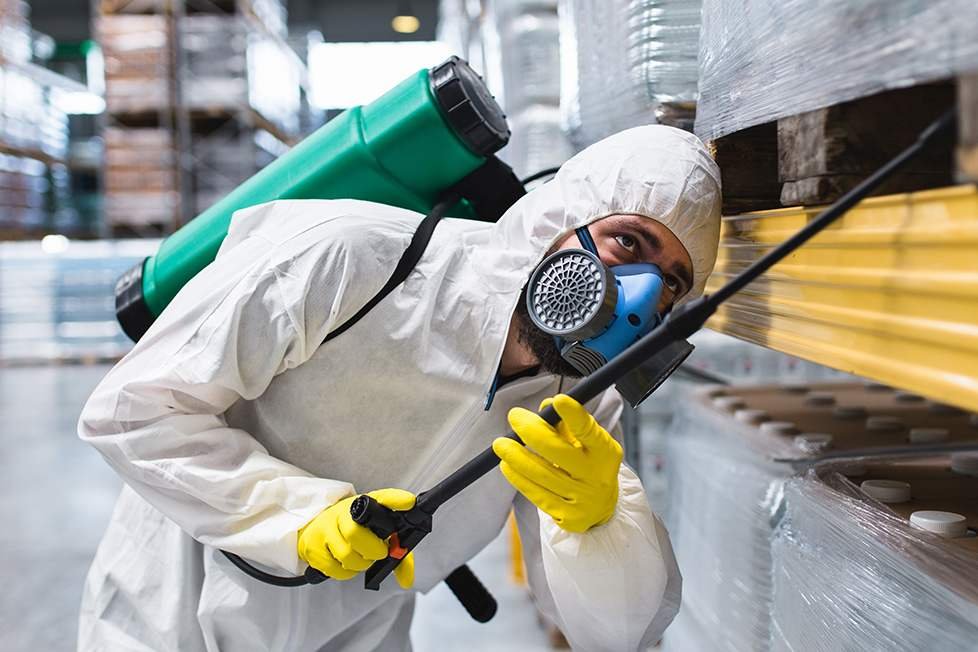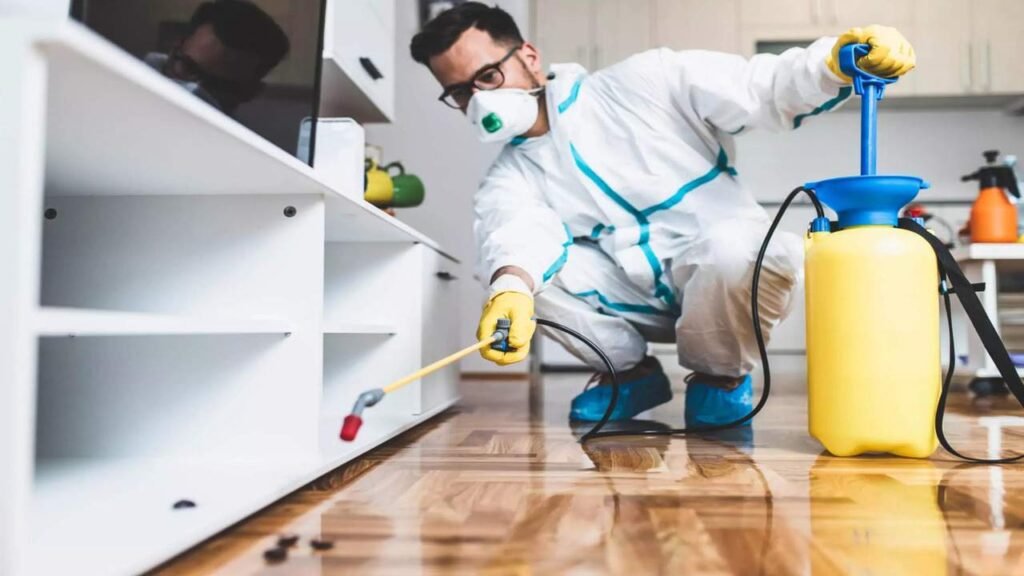Sure thing! To keep pest control treatments effective long-term in NYC commercial spaces, it’s crucial to have a comprehensive approach. First off, regular inspections are key. They help catch any issues early on. Then, there’s integrated pest management (IPM), which combines various tactics like sanitation, monitoring, and targeted treatments. It’s also vital to maintain cleanliness consistently to deny pests their basic needs. Sealing entry points is another smart move to keep critters out. Lastly, consider engaging professional services like Complete Bed Bug Exterminating NYC for expert, ongoing support. They can tailor solutions to your specific needs and ensure lasting results.
Thorough inspection and assessment are critical for effective fly control in NYC, NY. This involves identifying breeding sites such as garbage areas, drains, and organic matter. Implementing sanitation measures, like proper waste management and cleaning, is key to eliminating fly attractants. Additionally, utilizing targeted fly control methods such as traps or fly baits can help reduce fly populations and prevent infestations.
Tip: Hire a professional pest control company that specializes in commercial properties and understands the unique challenges of pest management in NYC. They have the expertise and tools to conduct comprehensive inspections and create tailored solutions.

Integrated Pest Management (IPM) is a holistic approach to pest control that emphasizes prevention, monitoring, and targeted treatments. It combines multiple strategies to address pest issues while minimizing risks to human health and the environment.
Implementing preventive measures is key to long-term pest control. This includes sealing cracks and gaps, installing door sweeps, and maintaining proper sanitation practices. For example, keeping food areas clean and storing food in sealed containers can deter pests like rodents and insects.
Regular monitoring helps detect pest activity early on. This can involve using traps, monitoring devices, and visual inspections. Monitoring allows for timely interventions before pest populations spiral out of control.
Instead of blanket pesticide applications, IPM focuses on targeted treatments using the least toxic methods possible. This may include using baits, insect growth regulators, or natural predators of pests. Targeted treatments are more effective and sustainable in the long run.
In a bustling city like NYC, waste management plays a significant role in pest control. Improperly managed trash can attract pests such as rodents, flies, and cockroaches. Commercial properties should have robust waste management protocols in place.
Ensure that trash is removed regularly to prevent buildup. This is especially important for food-related businesses where organic waste can quickly attract pests.
Use secure, pest-proof trash containers to prevent pests from accessing and feeding on waste. Sealable bins with tight-fitting lids are effective in keeping pests out.
Dumpster areas should be kept clean and free of debris. Spilled food or garbage around dumpsters can attract pests and create breeding grounds.
Pests often enter commercial properties through tiny cracks, gaps, and openings. Sealing these entry points is crucial to preventing pest infiltration.
Regularly inspect the exterior of the building for cracks, gaps around doors and windows, utility penetrations, and vents. Seal any openings using caulk, weatherstripping, or appropriate sealants.
Install screens on vents, chimneys, and other openings to prevent pests like birds, bats, and insects from entering.
Address any structural damage promptly, as pests can exploit weak areas to gain access indoors. This includes repairing damaged roofing, siding, and foundation.

Maintaining cleanliness is essential for effective commercial pest control services in NYC, NY. Regular cleaning routines help eliminate food sources and nesting sites for pests. Additionally, commercial pest control services play a crucial role by implementing integrated pest management strategies tailored to the specific needs of businesses in the city. This combination of cleanliness and professional services ensures a proactive approach to pest prevention and management in commercial settings.
Develop and maintain a regular cleaning schedule for the property. Pay attention to areas prone to spills, crumbs, or moisture, as these attract pests.
If your commercial property handles food, ensure that food items are stored in sealed containers and follow proper hygiene practices in food preparation areas.
Pests like mosquitoes breed in standing water. Regularly inspect and eliminate any sources of standing water, such as clogged drains, leaky pipes, or stagnant water outdoors.
Educating employees and tenants about pest control also involves understanding the types of pests that professional services can control. In NYC, professional pest control services can handle a wide range of pests, including rodents, insects like cockroaches and bed bugs, flies, ants, and termites. These services employ specialized techniques and treatments tailored to each pest species, ensuring comprehensive pest management for commercial and residential properties alike.
Conduct training programs or workshops to educate employees on recognizing early signs of pest infestations, proper waste disposal, and hygiene practices.
For multi-tenant properties, foster cooperation among tenants to maintain cleanliness, report pest sightings promptly, and follow guidelines for pest prevention.
Implementing a schedule for regular maintenance and inspections helps identify and address potential pest issues before they escalate.
Inspect and maintain HVAC systems regularly, as pests can use ducts and vents to move between units or floors.
Manage landscaping to prevent overgrowth and create a barrier against pests. Trim vegetation away from the building and remove debris that can harbor pests.
Conduct seasonal inspections to assess changes in pest activity based on weather conditions and environmental factors.
Professional pest control services extend to selecting the right commercial pest control company in NYC. It’s crucial to choose a company with expertise in commercial pest management, proper licensing, and a track record of success in NYC’s unique pest control challenges. Additionally, consider companies that offer integrated pest management (IPM) approaches, eco-friendly solutions, and ongoing monitoring and support to ensure effective and sustainable pest control outcomes for your commercial property.
Pest control professionals have the expertise, experience, and resources to develop customized pest management plans tailored to your property’s specific needs.
Professional pest control services ensure compliance with local regulations, use of approved products, and safe application methods.
Many pest control companies offer ongoing monitoring and maintenance plans to keep pest populations in check and address emerging issues promptly.
Maintain detailed records of pest control activities, inspections, treatments, and outcomes. Documentation helps track progress, identify trends, and make informed decisions for long-term pest control strategies.
Keep a pest logbook where all pest-related activities, observations, and treatments are recorded. Include dates, types of pests, locations, and actions taken.
Regularly review pest control records to identify trends, recurring issues, or areas that may need additional attention or preventive measures.
Pest control is an ongoing process that requires adaptation and continuous improvement. Stay updated on emerging pest control technologies, best practices, and industry trends to enhance your pest management strategies.
Encourage feedback from employees, tenants, and pest control professionals. Their insights can help identify areas for improvement and fine-tune pest control protocols.
Invest in ongoing training and education for pest control staff, property managers, and stakeholders to stay abreast of new techniques, regulations, and advancements in pest management.
What are the 7 steps to effective pest management?
Effective pest management typically involves seven key steps:
Identification: Identify the pest species and assess the extent of the infestation.
Inspection: Conduct a thorough inspection to locate pest harborage areas, entry points, and conducive conditions.
Exclusion: Seal entry points and eliminate access routes to prevent pests from entering buildings.
Sanitation: Maintain cleanliness and proper waste management to remove pest attractants.
Mechanical Control: Use physical methods like traps or barriers to control pest populations.
Chemical Control: Apply targeted and safe pesticides as necessary, following regulations and best practices.
Monitoring and Follow-Up: Regularly monitor for pest activity, evaluate treatment effectiveness, and adjust strategies as needed to ensure long-term control.
How to measure the effectiveness of pesticide?
Pest Population Reduction: Assess the decrease in pest populations after pesticide application compared to pre-treatment levels.
Residual Activity: Evaluate how long the pesticide remains effective in controlling pests after application.
Environmental Impact: Consider any adverse effects on non-target organisms, ecosystems, and water sources to ensure the pesticide’s safety and sustainability.
What are the preventive measures for pest control?
Sanitation: Maintain cleanliness by regularly cleaning and removing food debris, standing water, and clutter that can attract pests.
Exclusion: Seal cracks, gaps, and entry points in buildings to prevent pests from entering.
Proper Storage: Store food, trash, and other items in sealed containers to deny pests access to potential food sources.
What are some effective strategies or techniques you’ve found most successful in addressing pest infestations in various environments?
Integrated Pest Management (IPM) has proven highly successful, combining strategies like habitat modification, biological control, and targeted chemical treatments. Regular inspections and monitoring play a crucial role in early detection and intervention. Additionally, educating and involving occupants or stakeholders in pest prevention practices enhances long-term success and sustainability.
What is the key to successful pest management?
The key to successful pest management lies in adopting an integrated approach that combines prevention, monitoring, and targeted treatments. Regular inspections, early intervention, and ongoing collaboration with professionals are essential for identifying and addressing pest issues effectively. Additionally, maintaining a focus on sustainability and minimizing environmental impact ensures long-term success in pest management.
In conclusion, ensuring long-term effectiveness in pest control for NYC commercial properties requires a multifaceted approach that integrates preventive measures, regular inspections, targeted treatments, proper waste management, and collaboration with professional pest control services. By implementing these measures proactively, businesses can create a healthier, pest-free environment for employees, customers, and tenants while mitigating